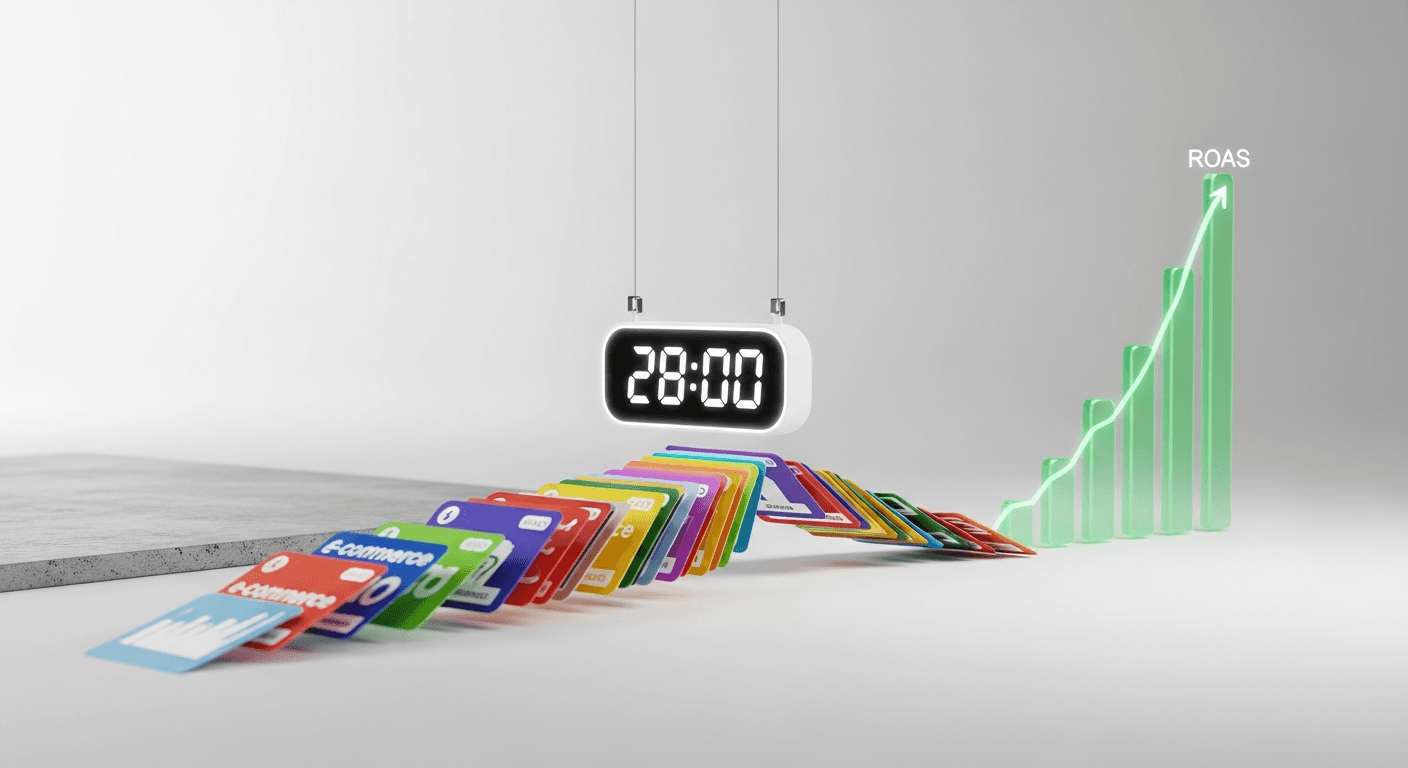Let’s get one thing straight — that one-page PDF with your logo, a couple of colours, and a font name is not a brand guideline.
It’s a red flag.
It screams ambiguity. And ambiguity in branding kills credibility. When your social media sounds off, your pitch deck looks misaligned, or your packaging is slightly “off-brand,” you’re bleeding trust. You look inconsistent. Unprofessional.
And in B2B, that means you’re out of the consideration set before the conversation even starts.
At Miracle Studio, we’ve seen too many businesses fall into this trap. So let’s fix that. This is your no-nonsense blueprint for creating brand guidelines that drive consistency, reduce chaos, and scale with you.
Why You Need Brand Guidelines Yesterday
Brand guidelines aren’t “nice-to-have.” They’re non-negotiable if you want to:
Show up consistently across platforms.
Delegate without constant micromanagement.
Build a brand people remember and trust.
Without them? You’re reinventing the wheel daily — wasting time, confusing customers, and diluting your positioning.
Fact: Brands with consistent presentation increase revenue by up to 33%.
[Source: Lucidpress]
What Brand Guidelines Are (and Aren’t)
Let’s kill some myths.
❌ It’s NOT just a logo sheet
That’s like calling a steering wheel a car. A brand isn’t a logo — it’s how your brand looks, speaks, and behaves. That needs clarity, not clutter.
✅ It IS your brand’s rulebook
Think of it as your brand operating system. A single source of truth for your team, freelancers, agencies — everyone involved in shaping your brand experience.
What Goes Inside a Great Brand Guideline
A 10-20 page document is all you need. Anything more becomes a museum. Here’s the Miracle-approved breakdown:
1. Your Brand Foundation
Before visuals, you need clarity on purpose.
Mission: What you do and for whom.
Values: 3–5 principles that shape your behaviour.
Audience: Who you’re speaking to. Their pain. Their desire.
Your foundation is your compass. Without it, design is just decoration.
2. The Logo System
Your logo will live on screens, mugs, invoices, and social posts. Treat it like a system, not a stamp.
Primary & secondary logos
Clear space rules
Minimum sizing
Incorrect usage examples
Pro tip: Show what not to do. That’s as powerful as showing the ideal.
3. Colour Palette
Colour is emotional. Immediate. Don’t let people guess it.
Primary colours (core identity)
Secondary colours (accents)
Neutrals (backgrounds, text)
Include HEX (web), RGB (screens), and CMYK/Pantone (print). Consistency here = instant brand recognition.
4. Typography Hierarchy
Fonts aren’t about aesthetics. They’re about communication clarity.
Define:
Headings (H1, H2, H3)
Body text
Captions or callouts
Specify weights, styles, and sizes. Make your decks, website, and brochures feel unified.
5. Tone of Voice
Most brands botch this. Don’t.
Your tone is how your brand speaks and connects. It must match your personality — not sound like ChatGPT wrote it at 3am.
Use a “We are X, not Y” framework.
Example:
We are bold, not arrogant.
We are expert, not robotic.
We are conversational, not casual.
Make sure every person writing anything — from LinkedIn posts to proposal decks — gets this right.
6. Imagery & Photography
This is the vibe check.
What do your visuals feel like? Human and gritty? Minimal and polished? Aspirational?
Define:
Photography style (light/dark, candid/staged)
Image dos and don’ts
Filters, textures, or illustration types
This keeps your visual storytelling tight and recognizable.
Common Mistakes That Kill Brand Guidelines
Avoid these traps at all costs:
📚 The “100-Page Textbook”
Nobody reads it. Keep it scannable, practical, and visual. Your designer should find what they need in seconds.
📁 The “Forgotten File”
Guidelines buried in Drive or Dropbox? Useless. Put them on a Notion page, a mini site, or your internal hub.
🧠 The “Set-and-Forget” Syndrome
Your brand evolves. Your guidelines should too. Review it every year. Refresh visuals. Refine tone. Stay relevant.
🧩 The “Canva Template” Mistake
Templates are great starting points — not endpoints. Your brand is unique. Your guidelines should reflect your positioning, personality, and purpose.
How to Use Your Brand Guidelines
This part matters more than the document itself.
🎯 Make Everyone a Brand Guardian
From the founder to the newest intern, everyone should know your guidelines. Include them in onboarding. Reference them in feedback.
🔄 Embed Them Into Daily Workflows
New freelancer? Send them the doc. New social campaign? Check it aligns. New email design? Audit it against your visual system.
🧪 The Final Test
Give your brand guide to a new freelancer. Brief them on a single asset (say, an Instagram post).
If their first draft feels like your brand — congratulations, your guide works.
Define the Standard. Then Live It.
Your brand isn’t what you say it is. It’s how consistently you show up.
Without guidelines, your brand becomes a game of telephone — messages get distorted, visuals fall apart, and credibility takes a hit.
Brand guidelines aren’t documentation. They’re direction.
At Miracle Studio, we don’t just hand you pretty logos. We craft strategic brand systems that scale. Systems that help you look, speak, and grow with intention.
Need Help Creating Your Brand Guidelines?
Whether you’re building from scratch or refreshing a decade-old identity, we’re here to help.
🔧 Request a quote or explore our Brand Identity services to get started.



